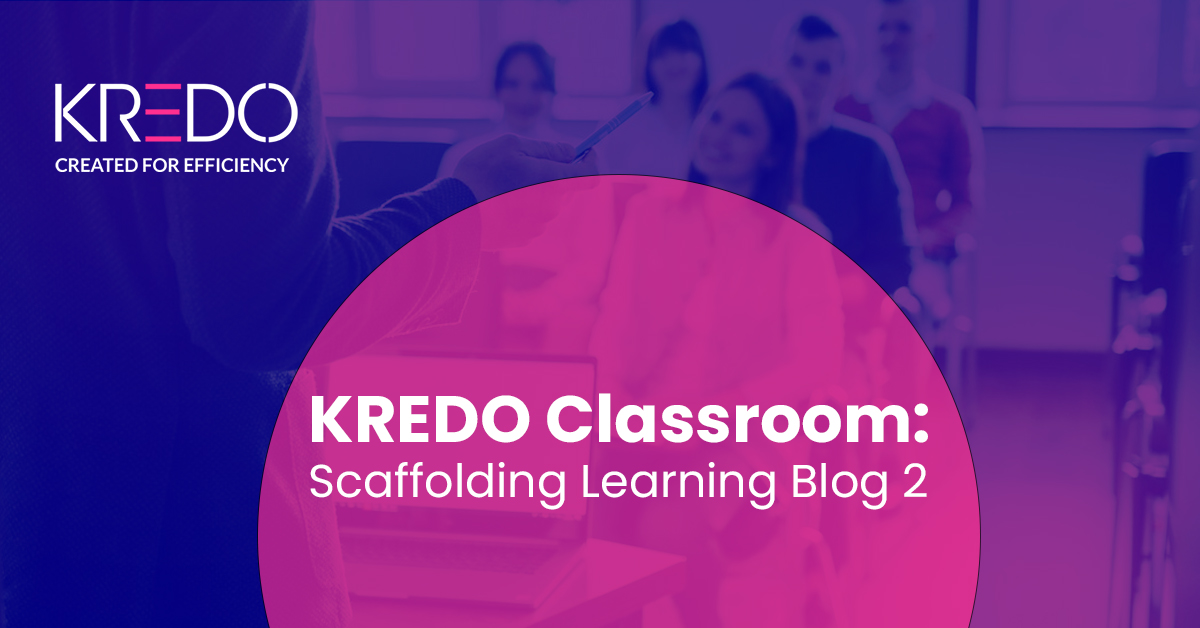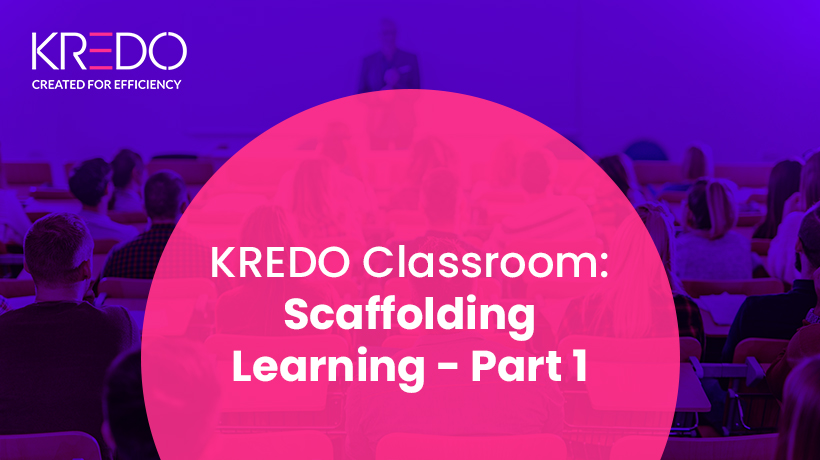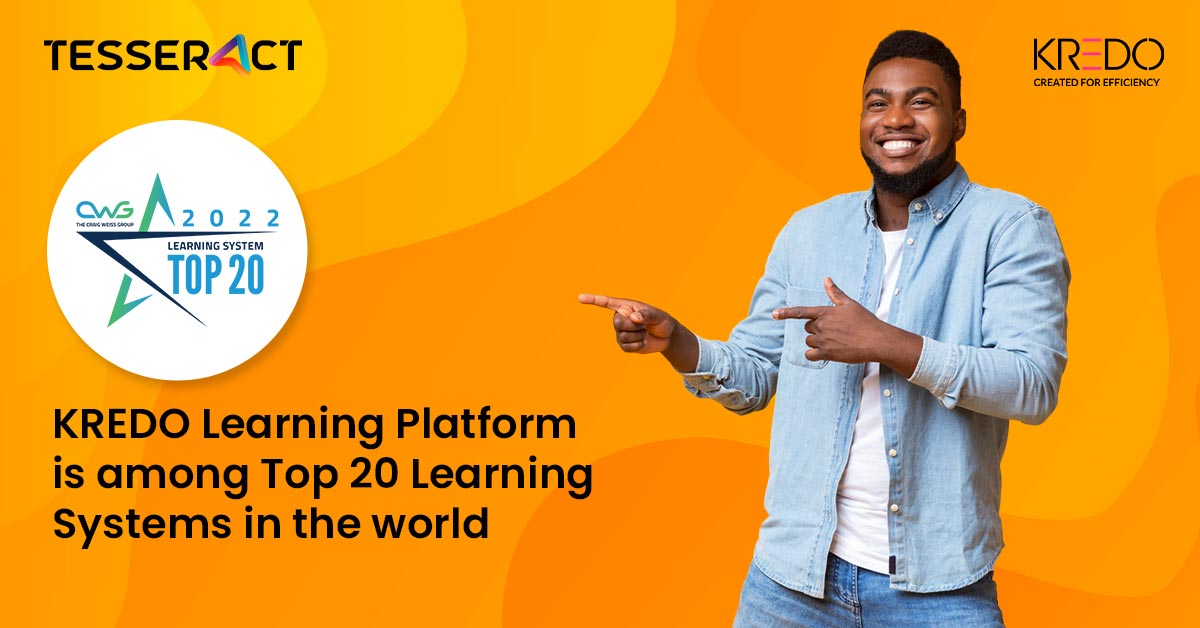Introduction Summary Simplifying complexity is an art, and in Part 2 of KREDO Classroom: Scaffolding
Read more…
Category: Mobile learning
KREDO Classroom: Scaffolding Learning – Part 2
KREDO Classroom: Scaffolding Learning – Part 1
Introduction Summary Learning management systems serve as invaluable tools for scaffolding learning in both corporate
Read more…
LMS With Integrated Video Conferencing – Expand the Bandwidth of Training Program’s Success
Intro Summary Video Conferencing solutions have successfully broadened access to various services including health care,
Read more…
KREDO Learning Platform is a Top 20 Learning Systems In The World
The Craig Wiess Group looked at 1000+ learning systems in the world. Looking at the
Read more…



